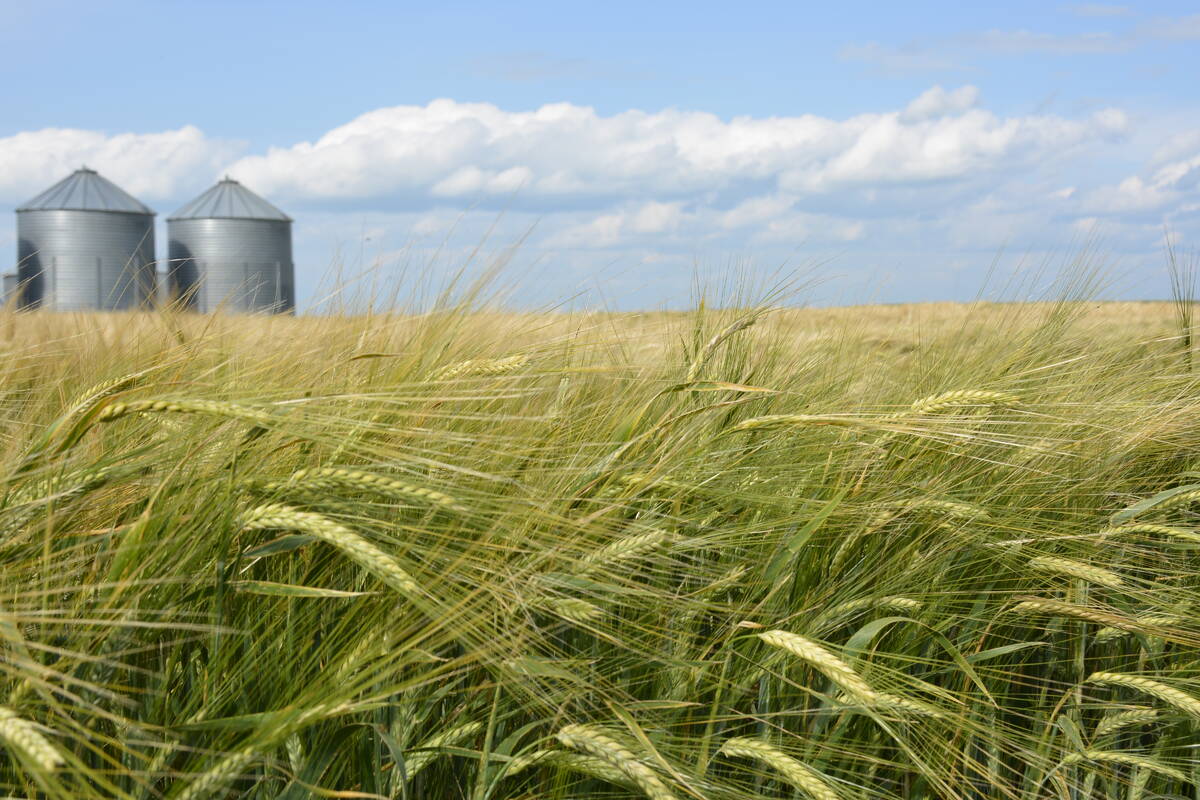The world’s largest wheat buyer is making significant changes to its bread subsidy program in an effort to reduce its reliance on imported wheat.
While never a big buyer of Canadian wheat, Egypt’s demand affects the global wheat market.
The country’s bread subsidy program typically uses 10 million tonnes of wheat per year to feed about three-quarters of the country’s 89 million people.
According to a Wall Street Journal article, the cash-strapped country is attempting to reduce the costs of the program by sourcing more of that wheat from local farmers, who produce eight to nine million tonnes of the crop per year.
Read Also

StatCan stands by its model-based crop forecast
Statistics Canada’s model-based production estimates are under scrutiny, but agency says it is confident in the results.
Poor farmers are being encouraged to sell their wheat to the government rather than using it to feed their families. In return, they get access to bread through the subsidy program.
About half the wheat used in the program during the latest fiscal year was sourced domestically compared to 36 percent the previous year.
The goal is to have 70 percent of the wheat sourced locally.
“I believe this could happen in the coming year,” Khaled Hanafi, minister of supply and internal trade, told the Wall Street Journal.
Neil Townsend, director of CWB Market Research, said Egypt has been talking about reducing its reliance on imported wheat for decades.
“Time will tell,” he said.
“We’ll see if they’ll be successful, but I’m not betting on them at the current moment.”
The problem is that Egypt doesn’t produce enough wheat for its own purposes and requires imports to keep food price inflation in check.
The Arab Spring revolution was launched in 2010 when a Tunisian man lit himself on fire to protest high bread prices.
Townsend said countries such as Egypt, Iran and Saudi Arabia can’t afford to stir up their vast populations of underemployed youth by having costly bread.
“On any kind of objective standard of measure, the potential for revolution in those three countries is off the charts,” he said.
That is why he expects Egypt to remain a leading wheat importer, although he acknowledged the country has lately bought more of its wheat from Russia rather than North America.
Steve Mercer, spokesperson for U.S. Wheat Associates, said Egypt has been buying most of its wheat from the Black Sea region and the European Union in the last several years.
“It is very difficult for higher priced U.S. wheat to compete in a price sensitive market that can use lesser quality wheat flour for its subsidized bread program,” he said in an email.
“While not abandoning the Egyptian market, we are refocusing our efforts on private imports to meet growing demand there and in other Middle Eastern markets for good quality soft wheat.”
Townsend said there is a definite trend in offshore markets toward buying a more generic type of product such as Russian wheat rather than high quality North American wheat.
That is going to have an impact on the spread between top quality Canadian spring wheat and lesser grades.
“My thought pattern is it’s going to be more narrow in the future,” he said.
Derek Squair, president of Agri-Trend Marketing, said it is already having an impact.
“Our quality isn’t getting paid for, and that’s the bottom line in all of this,” he said.
“Canadian farmers need to be paid for higher protein, higher quality wheat because it yields a little bit less.”
He predicts more Canadian farmers are going to start growing wheat similar in quality to U.S. winter wheat.
sean.pratt@producer.com

















